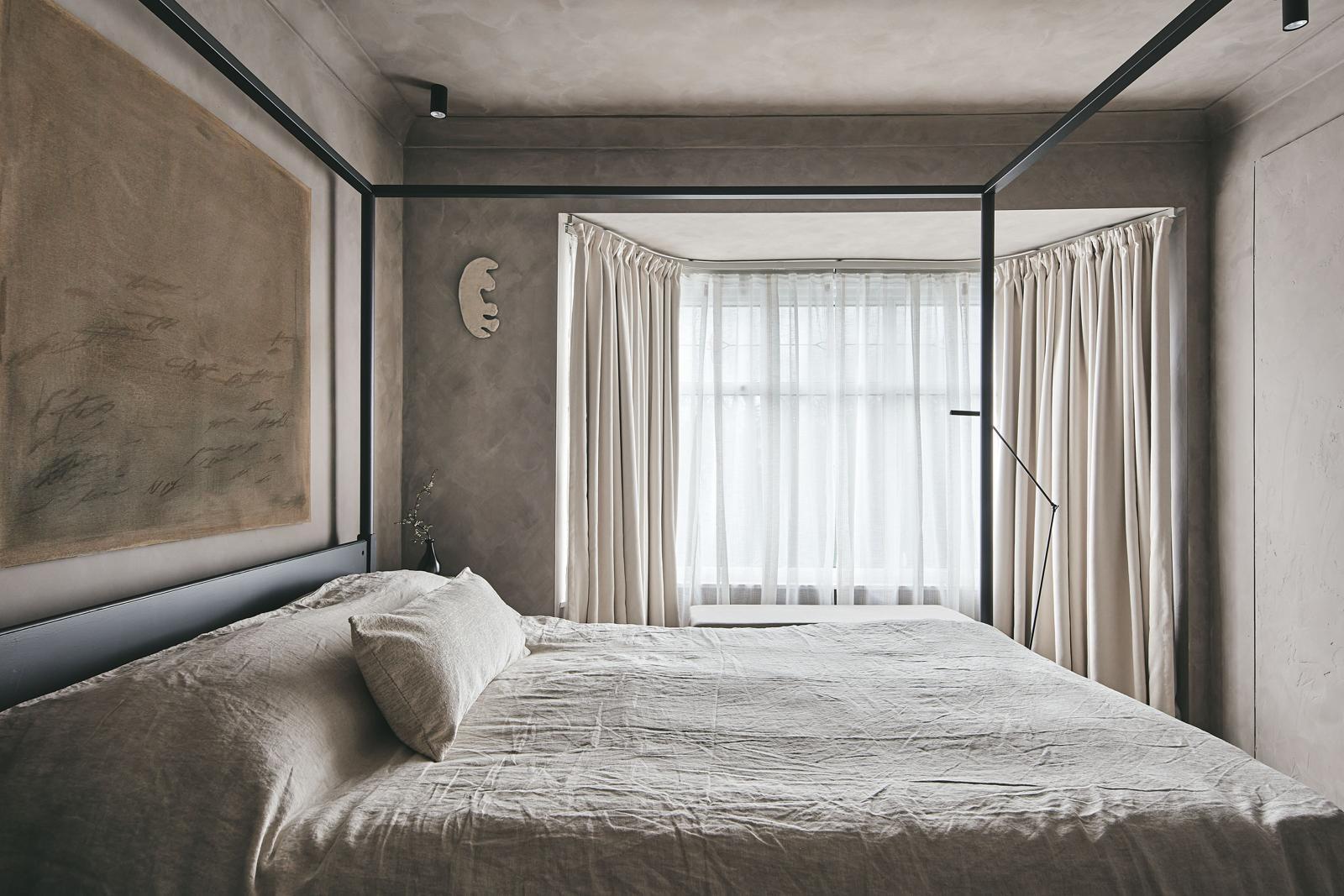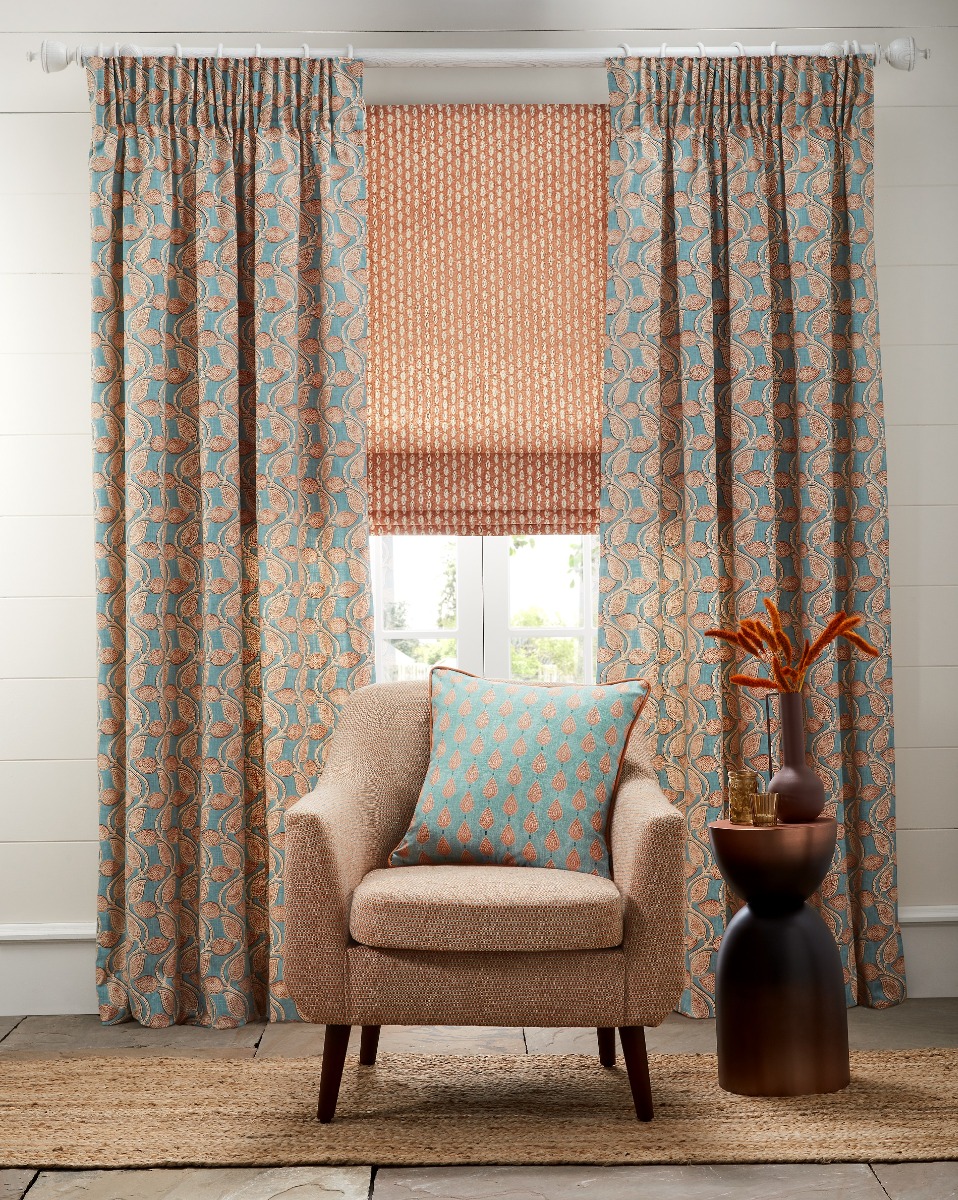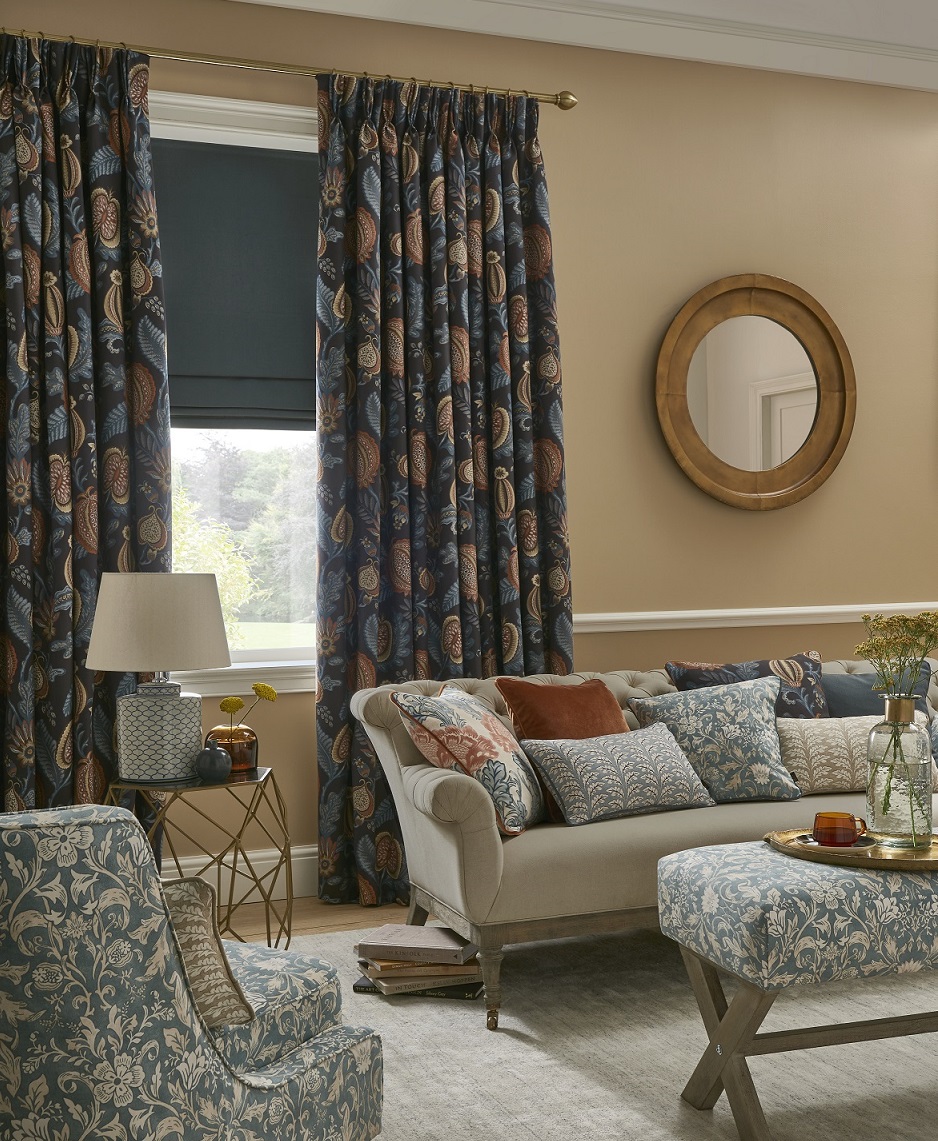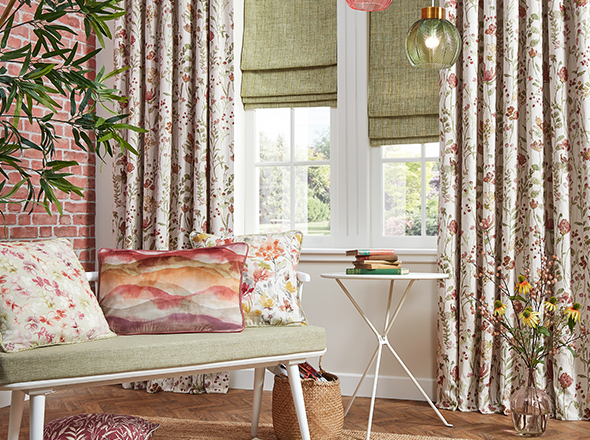
Window treatments are an essential aspect of any interior, serving both functional and aesthetic purposes. While a single window treatment can elevate the look of a room, there is an art to layering different treatments together. Mixing and matching window treatments allows you to create unique and personalized spaces that reflect your true style. In this blog post, we will explore the art of layering window treatments and discover how this technique can transform your home.
Why Layering is Important?
Image by Home.style.interior (@home.style.interior)
Layering window treatments offers numerous advantages. First and foremost, it enhances privacy by providing multiple layers that can be adjusted according to your needs. Additionally, layering allows for better light control. By combining different treatments, you can regulate the amount of natural light entering the room at different times of the day. Furthermore, layering adds depth and dimension to your windows, creating visual interest and contributing to the overall design scheme of the space.
Consider Your Needs and Style
Before delving into the world of window treatment layering, it's crucial to identify your specific needs and consider your style. Think about the level of privacy you require, the amount of natural light you want to allow in, and the overall aesthetic you wish to achieve. Do you prefer a formal or casual look? Are you drawn to bold patterns or elegant solids? Understanding these factors will help you choose the right combination of window treatments.
Related: 8 Ideas to Dress Windows in a Bedroom
Start with the Base Layer
The base layer is the foundation for your window treatment design. It typically consists of functional treatments like blinds, net curtains, or shutters. These provide privacy and light control, as the primary defence against harsh sunlight or prying eyes. Blinds and curtains come in various materials, colours, and styles, allowing you to select options that complement your interior décor seamlessly.
Add Softness with Curtains
To infuse a touch of softness and elegance, consider incorporating draperies or curtains as the second layer. This layer is a decorative element and can frame the window or create a focal point. Choose from a range of fabrics, patterns, and textures to enhance the visual appeal of the space. Sheer curtains can be an excellent choice for diffusing light and adding a delicate, airy feel to the room.
Choose a colour scheme
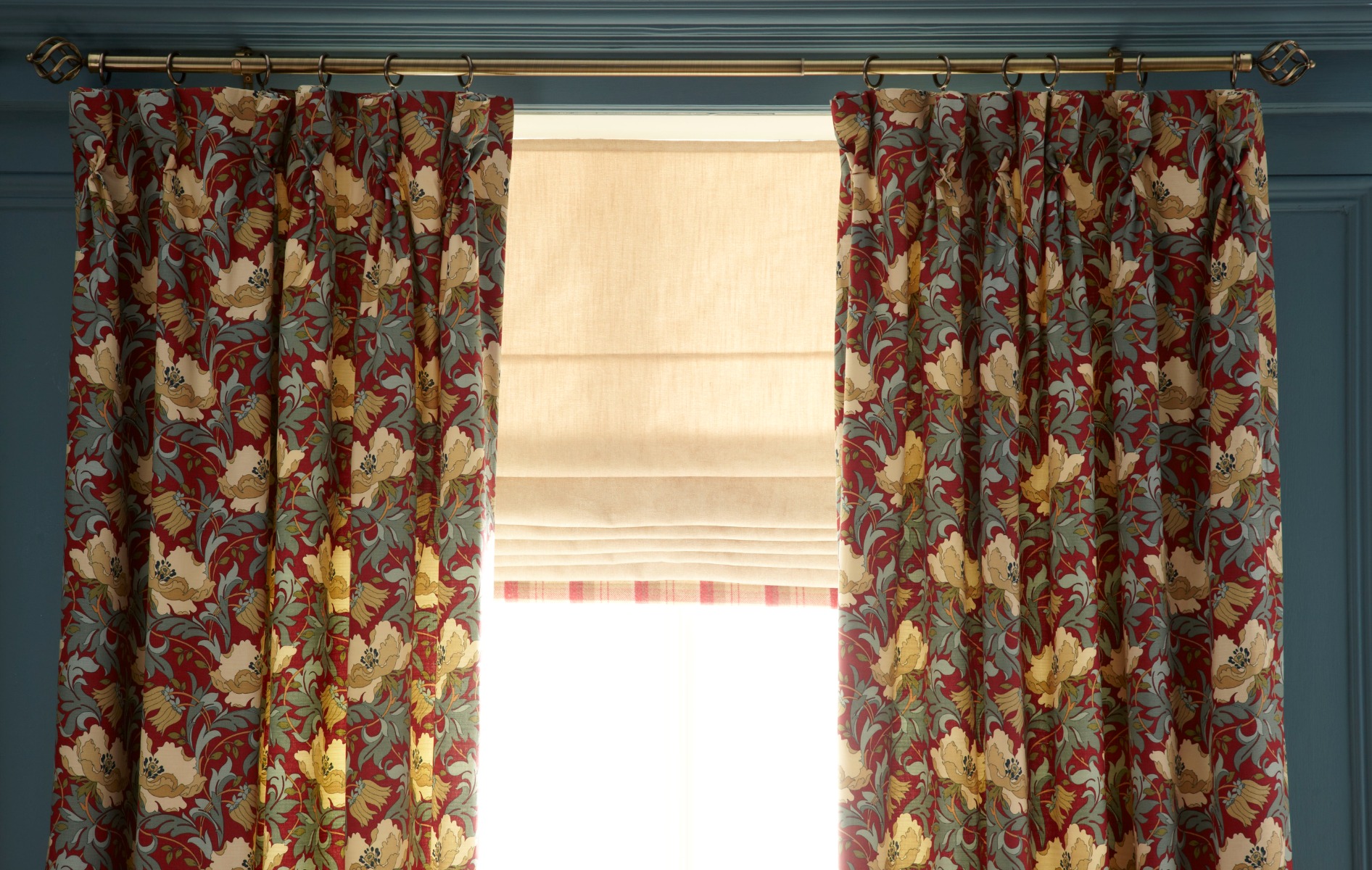
- 1. Select a color scheme that suits your taste and complements your decor. Consider the colours in the room, such as the walls, furniture, and accessories. Ensure that your layered window treatments harmonize with these existing colours, either by matching or coordinating with them.
- 2. You can opt for complementary colours (opposite on the color wheel), analogous colours (adjacent on the colour wheel), or a monochromatic scheme (variations of a single color).
- 3. Experiment with contrasting colours to create visual interest. For example, if your room features neutral tones, consider layering curtains or blinds in a bold and vibrant color to make a statement. Alternatively, if you have bold-colored walls, opt for softer, complementary shades in your layered window treatments to balance the overall look.
- 4. Incorporate patterns and textures to add depth and dimension to your layered window treatments. Mix and match patterns in complementary colours, ensuring they complement rather than clash. Consider using textured fabrics or materials that enhance the visual interest of the layered look.
What window hardware is best for layering curtains?
 Double Curtain Poles |
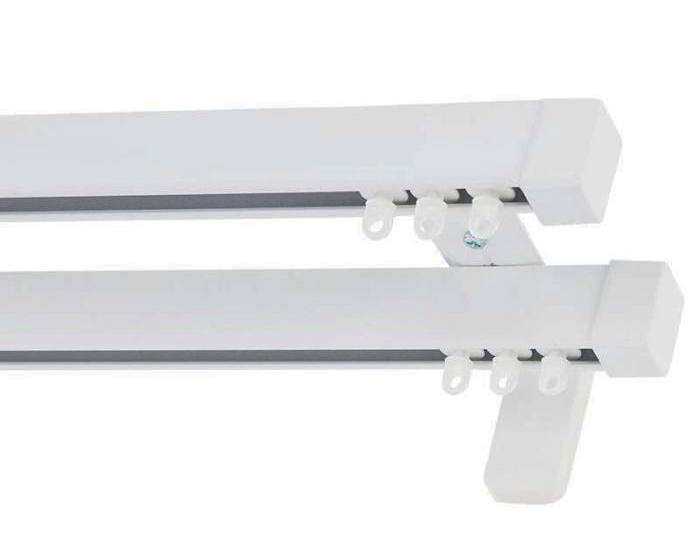 Double Curtain Tracks |
Double curtain poles or tracks allow you to hang two curtains at the same window. One pair of main curtains goes on the front track (or pole), and a second pair of curtains or a lightweight sheer or voile on the rear curtain track. The curtains housed on the front are used as the main set, which opens and closes like a regular pair of curtains. Voile on the back curtain rail obstructs the view from the outside for privacy while still allowing natural daylight into the room.
Embrace the Power of Accessories
To elevate your window treatment design further, consider adding accessories such as decorative rods or holdbacks. These small details can make a big impact, adding a personalized touch and enhancing the overall aesthetic of the space. Play with different textures, colours, and materials to create a visually appealing and cohesive design.
Seek Professional Guidance
If you're unsure about which window treatments to choose or how to layer them effectively, consulting with a professional interior designer is always beneficial. They can provide expert advice, suggest suitable combinations, and guide you through the process to achieve the desired outcome. You can also call us – we will happily answer your questions. Simply call 01243 586660.
Do you have any questions or other ideas on how to dress bifold doors? Let us know in the comments below! And please share this post with friends on social media!








